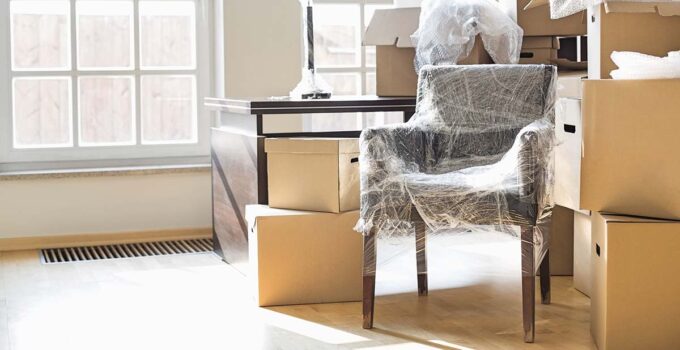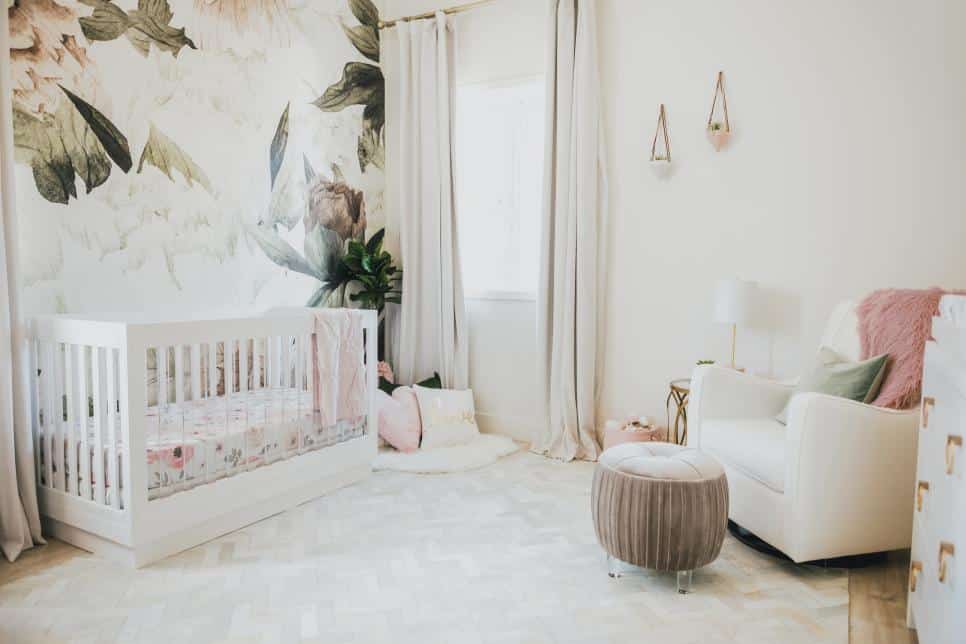You should always be careful when handling furniture, especially during a move. Whether the moving “journey” is long or short, we bet you want to avoid harming your belongings. It’s not easy moving such hefty and pricey pieces of furniture, and a single damaged item could cost you a lot. Wooden furniture may get scratched, fabric upholstery may tear, and glass will likely break without the proper precautions. Hence, moving furniture without taking the necessary steps can become a total nightmare. Nevertheless, you can comfortably relocate your most sensitive furniture with some supplies and careful planning.
Do you require guidance in finding the most suitable method for transporting a couch or dresser? Are you anxious about keeping your furniture intact? No matter the problem, we are ready to help you with some useful tips.
What supplies to prepare for furniture protection?
You don’t have to invest much in any special supplies to protect your furnishings during the move. Just go to a local store near you or browse the internet to order the following materials:
- Bubble wrap
- Sofa and mattress covers
- Plastic stretch wrap
- Tape and market for labeling
- Sealable plastic bags
- Corrugated cardboard sheets
- Soft, non-scratch moving blankets
What to do before packing furniture for moving?
Create a list of furniture
Source: dollarsprout.com
Compose an itemized list of each piece of furniture in your house. This list will help you decide which pieces to bring and what to give away, sell, or donate. Analyze the more substantial pieces of furniture in the home to determine if they can be moved without difficulty throughout each room, passageway, and doorway.
Take a picture of furniture pieces you plan to disassemble
Take photos as you take apart the furniture pieces to have a reference for putting them back together. It’s essential to take multiple pictures as you go along to have a clear sense of what it should look like when finished. That way, when you go to reassemble, you can use the pictures as a reminder.
Surveying your furniture for any marks of destruction before packing is essential, and the furniture catalog must record all the necessary information. This assessment will assist you in deciding which furniture you won’t take with you.
Clean pieces of furniture
Source: bobvila.com
Before packing or taking apart anything, clean your furniture items and remove any dust thoroughly. It can appear insignificant, but it makes a big difference as it helps to avoid any scrapes on the furniture from any particles during the move. Also, you won’t take any dirt from the transfer to your new house. You’ll very much appreciate it shortly!
Lighten the load
If you can safely take apart your furniture, do it. Loosen the legs on tables and couches, dismantle your bed frame, and unbind cushions from chairs and sofas. Taking the pieces apart will make them simpler to move, help protect them from impact as you maneuver them around, and take up less space in your moving truck. Use sealable plastic bags to keep all of the screws and other hardware for each item and adhere the bag securely to the thing to avoid misplacing anything.
Additionally, make sure to detach any knobs, wheels, and handles from each item. It would help if you removed the drawers from desks and cupboards, and you can use the space inside them to store other items gracefully. This will provide additional storage and make the heavier furniture more bearable.
How to wrap furniture properly?
Source: talentedladiesclub.com
Encasing furniture with bubble wrap or transparent sheets in preparation for a move is simple. It is best to have a helper for bigger and more fragile objects. Wrap sensitive pieces with two to three layers before using plastic wraps, which can come in sofa covers and old blankets. Bubble wrap is excellent for glass table tops, mirrors, and such – consider making an ‘X’ on the surface with painter’s tape so that if it does break, it won’t shatter. Lastly, stick the item between some pillows or mattresses for extra defense.
When relocating wood furniture, it’s important to use something that offers more protection than plastic wrap or bubble wrap to prevent warps or splits. A moving blanket is a good choice. Adding extra layers of plastic or bubble wrap and cardboard sheets between wooden items is also recommended. Doing so will preserve your antique or newly finished wood dressers, tables, and other pieces.
Moving can be less stressful if you do the right things regarding packing, securing, and transferring large furniture. This will ensure your furniture reaches its new destination in perfect condition. However, you don’t have to do it all on your own. You can easily avoid this headache by applying to a professional team of movers. If you are looking for this type of help in Chicago, you can use the services of Move4U company. They will help you with all moving-related issues, whether it’s the same building moving or moving from one district to another.




